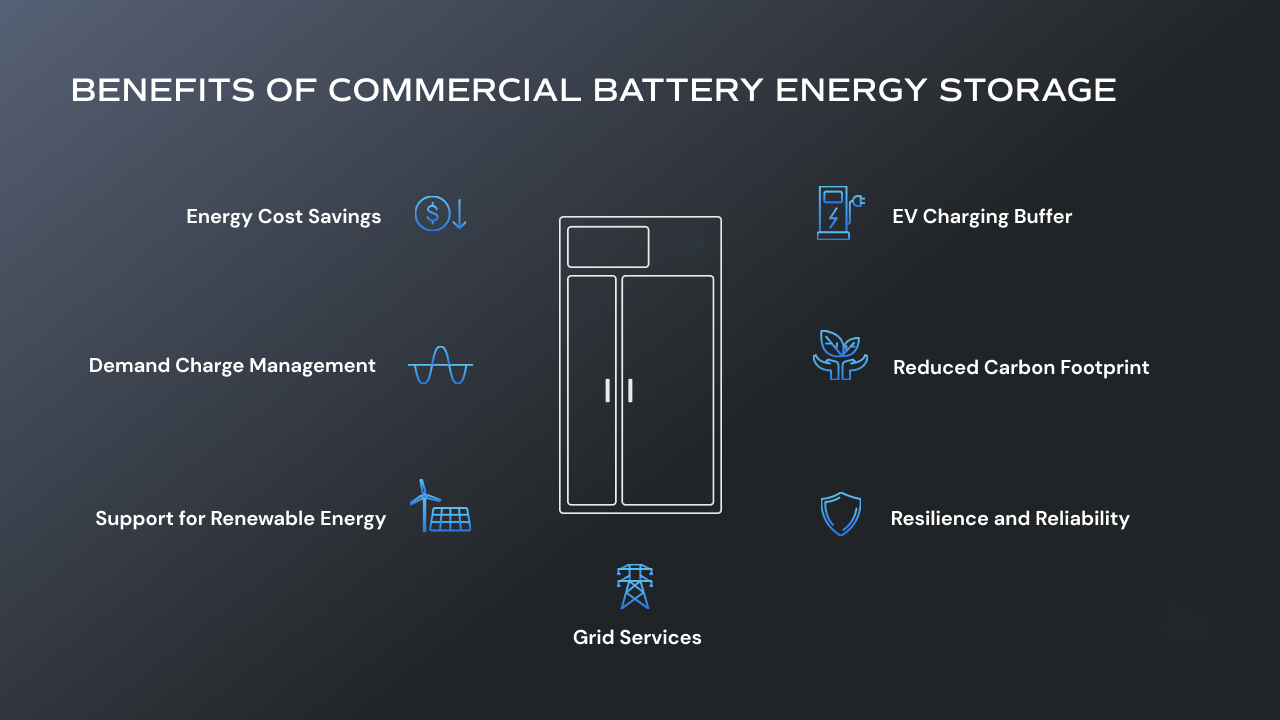
Gen . 12, 2024 14:58 Torna alla lista
Nozioni di base sui sistemi di accumulo dell'energia della batteria: batteria, PCS, BMS
The global energy crisis and the pressing need for environmental protection have brought energy storage technology to the forefront as a key solution. Among the various energy storage technologies available, battery energy storage systems have emerged as one of the most practical and commonly used options. At the heart of these systems lie three essential components: batteries, power conversion systems (PCS), and battery management systems (BMS).
Innanzitutto, esaminiamo le batterie stesse, che fungono da nucleo dei sistemi di accumulo dell'energia delle batterie. Le batterie sono dispositivi che convertono l’energia chimica in energia elettrica. Sono costituiti da elettrodi positivi e negativi, un elettrolita e un separatore. Sono disponibili diversi tipi di batterie, come batterie al piombo, batterie al nichel-idrogeno e batterie agli ioni di litio. Di queste, le batterie agli ioni di litio hanno guadagnato popolarità grazie alla loro elevata densità di energia, lunga durata e rispetto dell'ambiente.
Passando al sistema di conversione dell'energia (PCS), questo componente svolge un ruolo cruciale nei sistemi di accumulo dell'energia delle batterie convertendo l'energia elettrica immagazzinata nelle batterie in energia CA che può essere fornita alla rete o agli utenti. I PCS sono generalmente costituiti da inverter, trasformatori e controller. La sua funzione principale è convertire l'energia CC in alimentazione CA, controllare l'ingresso e l'uscita dell'energia elettrica e garantire la sicurezza e la stabilità dell'intero sistema. Le prestazioni del PCS influiscono direttamente sull'efficienza e sulla durata del sistema di accumulo dell'energia della batteria.

Successivamente, abbiamo il sistema di gestione della batteria (BMS), un componente integrale del sistema di accumulo dell’energia della batteria. Il BMS comprende moduli di monitoraggio, moduli di controllo e moduli di comunicazione. La sua responsabilità principale è monitorare e controllare lo stato della batteria in tempo reale, comprendendo parametri quali tensione, corrente, temperatura e stato di carica (SOC). Inoltre, il BMS protegge e controlla la batteria da potenziali rischi, come sovraccarico, scarica eccessiva e sovracorrente, garantendone la sicurezza e la durata.
In summary, the battery energy storage system comprises three fundamental components: batteries, PCS, and BMS. Batteries serve as the core storage mechanism, PCS converts stored energy into usable AC power, and BMS actively monitors and protects the battery, ensuring its optimal functioning and longevity. Achieving efficient, stable, and safe operation of battery energy storage systems relies on the harmonious cooperation between these three components.
Efficient energy storage is essential for meeting the demands of a fluctuating energy grid and reducing reliance on fossil fuels. Battery energy storage systems offer a viable solution to these challenges, providing a means to capture and utilize excess energy and deliver it back to the grid when needed. This technology has the potential to significantly enhance the reliability and stability of power supply, paving the way for a cleaner and more sustainable energy future.
As the global energy crisis intensifies, there is a growing need for further research and development to advance battery technology and optimize the performance of battery energy storage systems. Improvements in battery energy density, lifespan, and cost-effectiveness are crucial to accelerating the adoption of battery energy storage on a larger scale. Additionally, the integration of intelligent control systems and advanced monitoring technologies can enhance the efficiency and safety of battery energy storage systems, making them an even more attractive solution for future energy needs.
In conclusion, battery energy storage systems are at the forefront of the fight against the global energy crisis. Batteries, PCS, and BMS constitute the essential components of these systems, collectively working together to store, convert, and optimize energy usage. As the world strives to transition towards cleaner and sustainable energy sources, battery energy storage systems will play a pivotal role in achieving this goal. Continued advancements in battery technology and system integration will propel the widespread adoption of energy storage, providing a more reliable and environmentally friendly energy landscape.
Verrà rimosso in caso di violazione
Sito di riferimento: https://www.scupower.com
-
Smart Grid Management for Rural Electrification
NotiziaJul.03,2025
-
Energy Management System Battery Storage for Renewable Integration
NotiziaJul.03,2025
-
Energy Control Systems in Public Transportation Networks
NotiziaJul.03,2025
-
Electrical Energy Management System for Electric Vehicle Charging
NotiziaJul.03,2025
-
BMS Energy Retrofitting for Aging Infrastructure
NotiziaJul.03,2025
-
Adaptive Energy Control Systems for Weather Variability
NotiziaJul.03,2025























